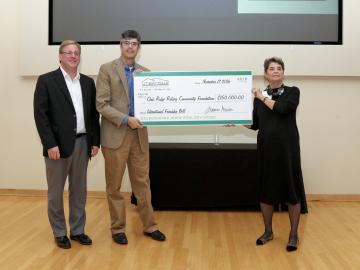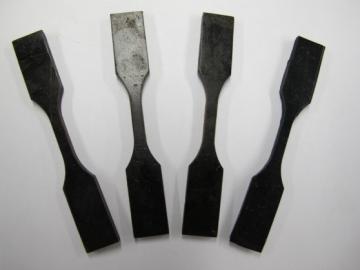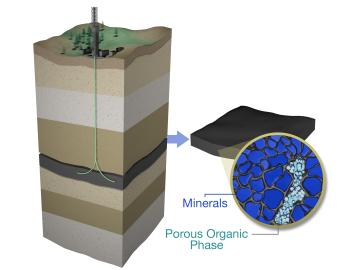Filter News
Area of Research
News Type
Date
News Topics
Media Contacts
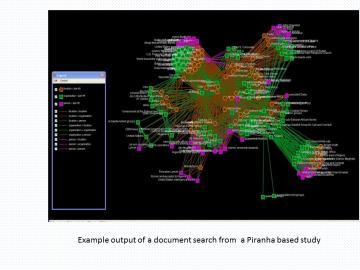


Researchers at Oak Ridge National Laboratory have developed a novel, nontoxic fluorescent air leak detection system that can find cracks in walls and roofs in existing and new buildings. In laboratory experiments, ORNL’s Diana Hun and Brenda Smith used an off-the-shelf humidifier ...
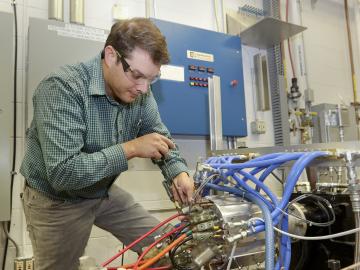
A new motor developed by researchers at Oak Ridge National Laboratory achieved 75 percent higher power than a comparably sized commercial motor for electric vehicles. The prototype motor uses ferrite, iron-based, permanent magnets instead of the expensive imported rare earth perma...
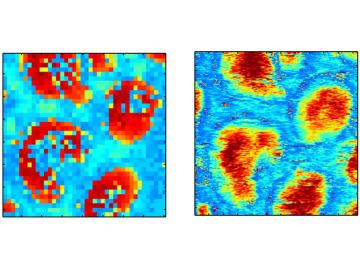
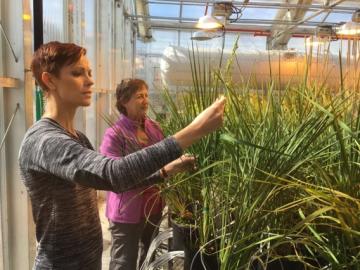
Livestock may soon be getting more nutrition from forage feed thanks to an invention from the BioEnergy Science Center at Oak Ridge National Laboratory and partners at the University of Tennessee and West Virginia University. Working with a population of poplar trees, the scientis...

